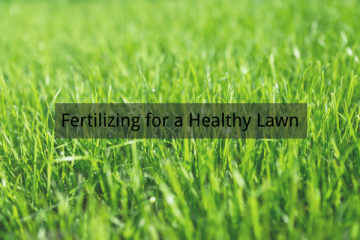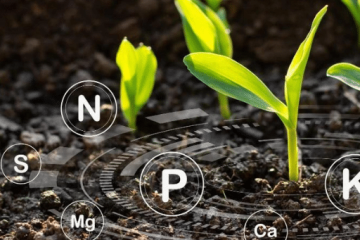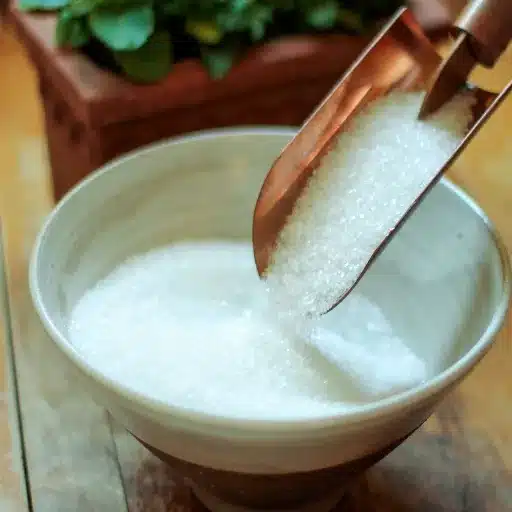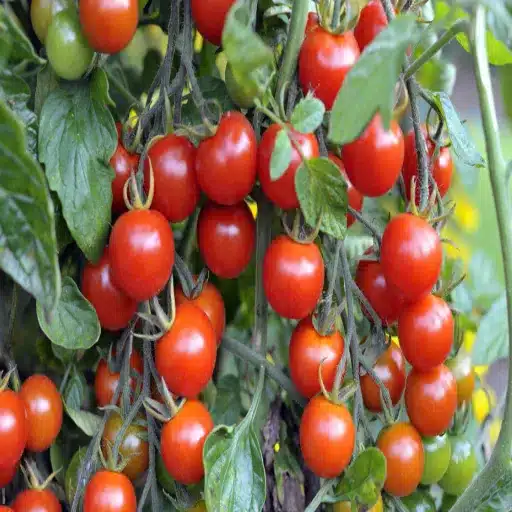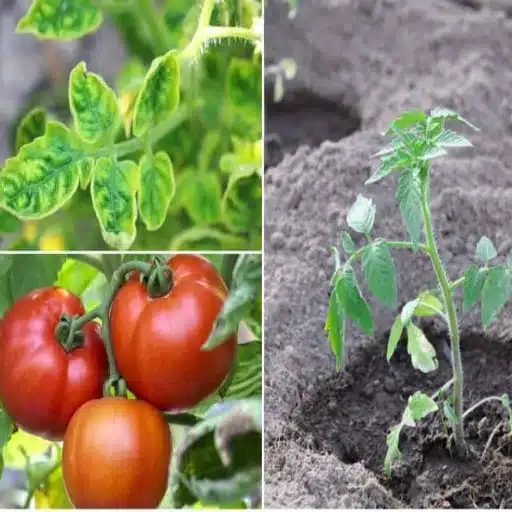Growing healthy, vibrant vegetables starts with providing them with the right nutrients, and few fertilizers are as effective and eco-friendly as the water-soluble organic fertilizers for vegetables. Whether experienced or new in gardening, understanding how this kind of fertilizer works and how to use it will go a long way in improving the productivity of your vegetable garden. This guide is meant to clear the fog on water-soluble organic fertilizers, and by the end of it, your questions about their benefits, application usage, and why they are the best choice for sustainable gardening will all have been answered. You will walk away with all the information you require to nourish your vegetables naturally, and let’s see that garden flourish.
Understanding Water-Soluble Fertilizers
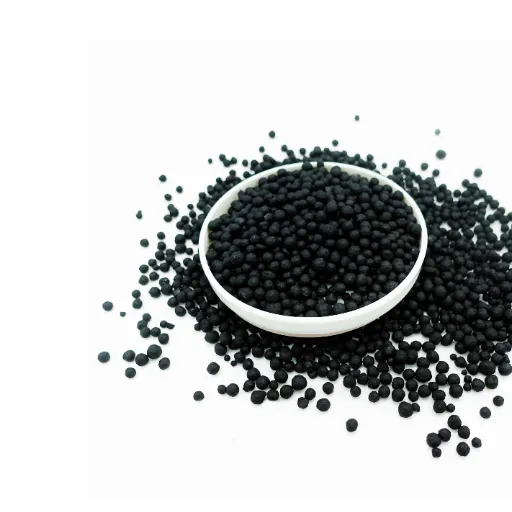
What is Water-Soluble Organic Fertilizer?
Physically speaking, water-soluble fertilizers are any substances or compositions in which nutrients or microelements are present and dissolve completely when mixed with water; thus, plants can quickly and efficiently absorb them. Water-soluble fertilizers, nutrients present in a water solution, help plants in the speedy absorption of nutrients; best used to address nutrient deficiencies and encourage healthy plant development.
The organic nature of these fertilizers means they are synthesized from natural sources such as plant extracts, composted materials, seaweed, or animal by-products. This essentially means that they do not cause chemical build-up inside the soil and further provides support to sustainable agricultural practices. Also, since these substances are water-soluble, they can be applied evenly through various irrigation systems like drip lines or sprinklers, or through foliar feeding that involves simple spraying onto plant leaves.
Nutrient delivery through the workings of water-soluble organic fertilizers is also an advantage that gives precise control over nutrients. So, gardeners can tailor-make the concentration and moments of the application to suit the nutritional demands of their plants at each growth stage. And having rapid absorption with the added environmentally-friendly benefits, while water-soluble organic fertilizers really do make a distinction, they remain pretty much the preferred option, both for family gardeners and full-blown agriculture.
Benefits of Using Water-Soluble Fertilizers
🎯 Precise Nutrient Delivery
Since water-soluble fertilizers maintain good control over nutrient concentrations, they are applied according to specific plant requirements of various stages of growth. For example, nitrogen application might emphasize vegetative growth, and phosphorus might be applied to flowering to maximize yield.
⚡ Rapid Uptake and Immediate Results
Being soluble, nutrients from these fertilizers are easily absorbed through roots or leaves, resulting in faster visible effects as compared to dry fertilizers. Experiments have shown that plants treated with water-soluble fertilizers for a few weeks witness an improvement in growth rate by 20-30%.
🚿 Compatibility with Advanced Irrigation Methods
It is well-suited to be used in fertigation, hydroponic, and so on. Their dissolution in water facilitates the even diffusion of nutrients and thus their maximized uptake with minimal wastage, especially in controlled environments.
🌍 Reduced Environmental Impact
Unlike slow-release fertilizers that leach into the soil over time, the nutrient runoff is minimized due to the precise application of water-soluble fertilizers. Hence, this could reduce the contamination of groundwater and promote a cleaner, sustainable environment for farming.
💰 Cost-effectiveness Over Time
They may come with a higher initial cost compared to traditional fertilizers, but water-soluble options often make farmers spend less in the long run because there is less wastage, targeted usage, and increased crop yields. For instance, studies found that these fertilizers can increase nutrient efficiency by up to 50% and reduce the total amount of resources used.
How Water Solubility Affects Nutrient Uptake
Discussing the effect of water solubility on nutrient uptake, the availability factor for nutrient absorption is explained. When fertilizers are technically water-soluble, such fertilizers dissolve completely in irrigation water or rainwater so that essential nutrients become available in a state in which plant roots can absorb them instantly. Hence, nutrients are either immediately supplied or made available within an hour or two when considered. Dissolution rate is really dependent on the time for release of essential nutrients to the plant system; this factor becomes important during delicate growth stages.
According to some studies, water-soluble fertilizers maintain nutrient uniformity throughout the soil so that the nutrients can be precisely allocated to the root zone. With such fertilization, each portion of the root system has access to nutrients to the degree it needs, thus avoiding nutrient deficiencies or imbalances. Controlled releases also entrap nutrient leaching, a great problem with fertilizer grades of low solubility, thus keeping groundwater free from contamination and raising nutrient use efficiency.
Also, water solubility promotes adaptability to conditions of different soil types and varying environmental conditions. For instance, in soils with less natural nutrient availability, water-soluble fertilizers supply the elements required so fast. Likewise, during periods of drought, the integration of soluble nutrients into the irrigation system provides a continuous supply of nutrients even with limited water. This flexibility has put water-soluble fertilizer among the options in precision agriculture in modern times.
Types of Water-Soluble Organic Fertilizers
Overview of Popular Products
Water-soluble organic fertilizers come in various formulations lest they be formulated to fit specific agricultural needs. Typical products contain nitrogen, phosphorus, or potassium, whereas balanced products contain blends of nutrients for use on certain crop types and growth stages. Fish emulsion is an accessible technology that has attained general use; it is high in nitrogen and is Dr.Jethro promoting vigorous vegetative growth. Seaweed extracts are another favored alternative that provides potassium and trace minerals to improve root development and, hence, resilience of plants to abiotic stress.
Bone meal powder in soluble forms is used for the targeted phosphorus supplementation essential for flowering and fruiting. Compost tea, a solution now appreciated for its microbes, acts both as a soil conditioner and a source of readily available nutrients. Amino acids, too, have become more common as they may enhance nutrient uptake while reducing losses to the environment.
These fertilizers are usually tested for their solubility rates, nutrient concentration, and profile for environmental impact. The new acid formulation would thus be more compatible with water quality and likely incorporate micronutrients for a more targeted delivery of nutrients to various agricultural systems. If used correctly, these products could aid in the increase of crop yields and provide avenues for sustainable farming practices.
Comparing 20-20-20 Water-Soluble Fertilizer and Fish Fertilizer
To summarize the differentiating factors between 20-20-20 and fish fertilizers: The first offers an NPK nutrient mix in equal proportions for general applications, while a fish fertilizer is organic, eco-friendly, and improves soil health.
| Aspect | 20-20-20 Fertilizer | Fish Fertilizer |
|---|---|---|
| Category | Synthetic | Organic |
| Nutrient | Balanced | Natural |
| Eco-Impact | Low | High |
| Purpose | General Use | Soil Boost |
| Expense | Low | Medium |
| Frequency | Regular | Occasional |
| Odor | None | Strong |
Specialized Fertilizers for Tomato and Herb Gardens
A proper balance of fertilizer is imperative for the health and productivity of tomatoes and herbs, and nutrients required by these crops vary with each stage of growth. Given that tomatoes are considered heavy feeders with regard to fertilizers, application of nitrogen-rich fertilizers for strong leaf growth is advocated during early phases of growth. In contrast, phosphorus and potassium applications are required as they enter the stage of fruiting. A granular fertilizer of formulations such as 8-32-16 or a liquid fertilizer with an NPK of 4-18-38, when accompanied by calcium as a supplement, will greatly aid in preventing blossom-end rot and securing even greater production of fruits from the tomato plant.
By contrast, herb gardens can get by with gentler feeding schedules. These plants seek fertilizers with moderate nitrogen levels because nitrogen can cause the foliage to develop too much, stealing away from the production of essential oils, which give these plants their characteristic aromas and tastes. Organic kelp meal, compost-tea, and balanced slow-release fertilizers, such as 6-3-3, would be great selections to fertilize herb gardens without overwhelming the plants.
The soil pH must also be carefully considered for each crop, or nutrient availability must be monitored, always applying fertilizers at the timely intervals to avoid either nutrient lockout or buildup, both outcomes damaging to soil microbiota. Great nutrient uptake is achieved with optimum irrigation management that certainly leads to a high-producing Tomato & Herb Garden.
Application Methods for Maximum Effectiveness
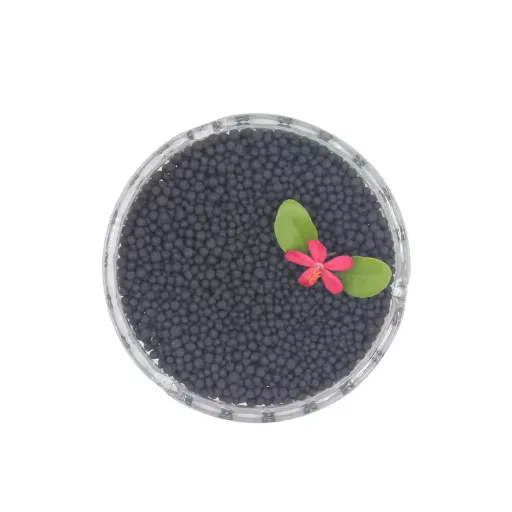
Best Practices for Liquid Fertilizer Application
-
1
Dilute Fertilizer to Recommended Ratios
Ensure fertilizers are diluted to manufacturer-recommended concentrations to prevent root burn or plant stress. A liquid fertilizer concentration of 1:10 or 1:20 with water is often recommended for young plants. Mature plants can handle slightly more concentrated mixtures.
-
2
Application of Fertilizer in the Early Morning or Late Afternoon
To ensure maximum nutrient absorption and little evaporation, apply liquid fertilizers in the cooler times of the day. It has even been shown in field studies that nutrient uptake by plants is increased by 30% under optimal temperature conditions during fertilizer application.
-
3
Target the Root Zone
Applying fertilizer directly into the root zone facilitates maximum absorption. Try not to keep the leaves excessively wet as this could result in leaf scorch or fungal infections. A drip system or hand-held tool can achieve this.
-
4
Change Frequency According to Growth Stage
A weekly fertilizer application is necessary while plants are in a stage of rapid growth; thereafter, a biweekly or monthly dosage should suffice for dormancy or slower growth stages. Contrary to older ones, the research suggests that younger plants need more frequent yet diluted doses.
-
5
Monitor Soil Moisture Before Application
Never apply liquid fertilizer when the soil is dry, since it could cause the plants to become more stressed or harm root systems. Pre-watering ensures nutrients will not be unevenly distributed and will not shock the plants. Studies show a 20-40% increase in fertilizer efficiency when used with pre-moistened soil.
Foliar Feeding Techniques
Foliar fertilization is a method that applies nutrients directly onto the foliage of plants, resulting in rapid absorption and efficient utilization of nutrients. It can thus be applied as a supplementary method alongside soil application, especially when certain nutrients have to be supplied quickly after specific deficiencies arise. Here are five different types of foliar feeding techniques and their respective benefits:
🧪 Micronutrient Solution Spraying
A solution is specially created to administer micronutrients, such as iron, zinc, manganese, and boron, to the plant foliage. Research shows that the foliar application of micronutrients may counteract deficiencies within 24 to 72 hours, with absorption rates reaching more than 80% under good conditions. It prohibits stunted growth in plant life when it happens due to low availability of nutrients within the soil.
🌊 Seaweed Extracts
Seaweed sprays contain minerals, growth hormones, and amino acids. Such sprays provide plants with increased resistance to stress while promoting higher rates of photosynthesis and growth of roots and shoots. Experiments have shown that crop yields increase by 15-30% when seaweed foliar sprays are applied during the flowering and fruiting stage.
🔗 Chelated Nutrient Sprays
Chelated nutrients are highly soluble and are readily taken up by plant leaves. This method checks the precipitation of those nutrients and imparts maximum uptake capacity, especially in alkaline soils. It was found that chelate foliar sprays increase nutrient efficiencies by up to 50% compared to soil application.
💨 Application of Urea-N Solutions
Urea-based sprays through the foliage constitute the fastest nitrogen application method. Studies show urea is absorbed from 50-90% depending on the environment, giving fast relief of nitrogen deficiencies in plants. Such foliar treatments should go during early morning or late evening hours to reduce losses due to volatilization and to maximize efficiency.
☕ Organic Compost Tea Sprays
In the preparation of compost tea, compost is steeped in water, affording the plant with a nutrient and biologically active foliar spray, which supplies macro- and micronutrients while simultaneously encouraging beneficial microbes on the leaf surface. Its benefits include promoting foliage health and reducing fungal infections up to 40%.
All these various techniques, if applied accurately and to suit the needs of particular plants, lead to the increased vigor and balanced nutrition of the plants, ultimately leading to their enhanced productivity.
How to Calculate the Right Dosage
In phytotoxicity terms, all very proper addition rate estimation needs to be done so that plants will be healthy and not potential toxin loads of either quantity and excess. Some variable needs to be considered in calculating design, e.g., plant species, physiological stage, weather, or environmental situation, and the individual chemical characteristics of the substances that are being applied. Here are five among the most important considerations for deciding upon the right dose:
By systematically weighing all these factors and applying the calculations according to the provided guidelines, growers will be able to deliver nutrients in the exact amount required to improve health and productivity while being in danger of nutrient imbalances or environmental damage. Always document wasting amounts and observe effects to further refine the calculation of dosage.
Maximizing Plant Growth with Water-Soluble Fertilizers
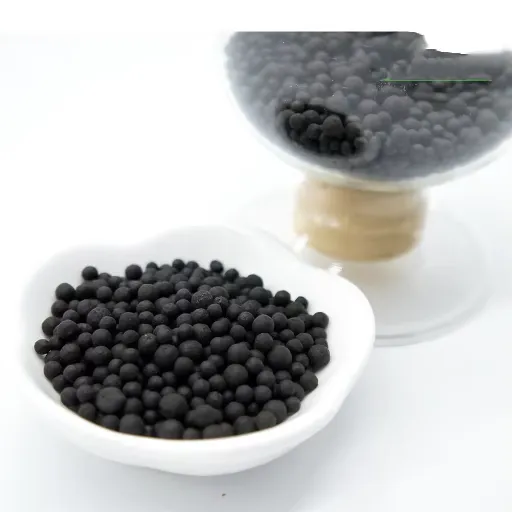
Nutrient Requirements for Different Vegetables
Before fertilizer recommendations and applications are made for maximum growth and yield, one must consider the specific nutrient requirements for an individual vegetable. In reality, nitrogen, phosphorus, potassium, and sometimes a few other micronutrients are required by each vegetable depending upon its stage of growth, the environment it is growing in, and the physiological characteristics of that particular vegetable. Below are some elaborations:
🥬 Leafy Vegetables (Lettuce, Spinach)
These vegetables require a substantial quantity of nitrogen because this element is important for the development of foliage. The nitrogen application is generally between 100 and 200 pounds/acre, with the value depending on the nutrient analysis of the soil. A moderate quantity of phosphorus and potassium should be given to help in proper root development and promote plant vigor.
🍅 Fruiting Vegetables (Tomatoes, Peppers)
Such crops require a perfectly balanced regimen of nutrients. While more nitrogen is needed during the vegetative phases, extra doses of phosphorus and potassium must promote carbohydrate production and fruit development as plants grow and blossom. For tomatoes, a general 1:2 ratio of nitrogen to potassium is advised for the late stages, and total potassium needs can surpass 200 pounds an acre.
🥕 Root Vegetables (Carrots, Beets)
Root crops require phosphorus- and potassium-rich mixtures to boost root development and sugar accumulation. These vegetables may actually react to excessive nitrogen by diverting vegetative growth to the detriment of root quality. Phosphorus rates can be 50-150 pounds per acre, while potassium needs are in a similar range.
Meeting these requirements calls for periodic soil sampling in order to assess baseline fertility levels and set fertilizer schedules accordingly thereafter. Secondary nutrients such as calcium (Ca) and magnesium (Mg) cannot be neglected either because physiological processes may suffer due to their deficiencies. Micronutrients such as boron (B) for carrots and zinc (Zn) for corn could well be important, commonly required in minute quantities but of inordinate effect on crop health. An efficient use of resources while prioritizing productivity and sustainability can be gained by growers if good nutrient management practices are kept abreast with the latest agronomic literature.
Using Organic Fertilizers to Promote Healthy Soil
The organic fertilizers are critical to guaranteeing soil health by providing nutrients and improving soil structure and microbial activities. The organic fertilizers are natural-origin fertilizers created from products such as compost, manure, and plant materials, which serve as primary nutrients (Nitrogen, Phosphorus, and Potassium) to enable secondary and micronutrients’ availability for crop growth. Studies show that organic matter incorporation into the soil increases porosity and water-holding capacity to aid root growth and reduce erosion.
Another general explanation is that organic fertilizers stimulate the growth of microorganisms beneficial for nutrient cycling and for preventing nutrient leaching. For instance, soils amended with composted manure were found to increase the microbial biomass by as much as 20%, enriching organic matter breakdown and steady nutrient release into the soil. The combined effect of organic fertilizer use, crop rotation, and cover cropping can help prevent soil degradation, sequester carbon, and provide long-term sustainability to agriculture.
In relation to yield and environmental gains, organic fertilizers must be applied with concern given to rates and application timing. Over-application may lead to runoff, while under-application will limit the potential yield of crops. Application rate of organic fertilizers should be based upon soil tests, and such information, combined with site-specific management, will allow farmers to use organic fertilizers in achieving sustainability whilst protecting the environment.
The Role of Micronutrients in Plant Health
Micronutrients are essential for plants as they are involved in various enzymatic processes, photosynthesis, and plant development. In smaller quantities than macronutrients such as nitrogen, phosphorus, and potassium, their presence is needed to prevent deficiency conditions that may greatly affect plant growth and crop yield. Micronutrients have a diverse range of functions that include the regulation of cell function, including chlorophyll synthesis, enzymatic activity, and hormone production, to maintain physiologically good health in plants. Seven micronutrients are of major importance in plant growth, each playing a different role in plant development. Here are the details of the five major plant micronutrients:
It is very much required in chlorophyll synthesis and electron transport during photosynthesis. Iron deficiency may cause chlorosis in younger leaves as a consequence of the inhibition of chlorophyll production.
It is important for the activation of enzymes as well as for the synthesis of proteins and hormones such as auxins, which alter plant growth. Zinc insufficiency causes stunted growth and smaller leaves.
It activates many enzymes involved in photosynthesis, nitrogen assimilation, and carbohydrate catabolism. The conspicuous symptom of manganese deficiency is interveinal chlorosis.
It is involved in lignin synthesis, which helps strengthen the plant cell wall, catalytic action in redox reactions, and electron transport. Copper insufficiency causes reduced seed production and weak stems.
Cell wall formation, pollen tube growth, and sugar transport depend on this element. Boron deficiency symptoms are commonly visible as deformities of growing tips and poor fruit and seed development.
Based on his knowledge about the functions of these essential micronutrients in living systems and what types of amendments to add to the soil or strategies to apply in fertilization to get optimal growth of plants, farmers can confidently raise plants that can reproduce themselves against stress and better produce agricultural yields. The soil and tissue tests act as vital instruments to discern a deficiency or imbalance of micronutrients.
Environmental and Sustainable Aspects
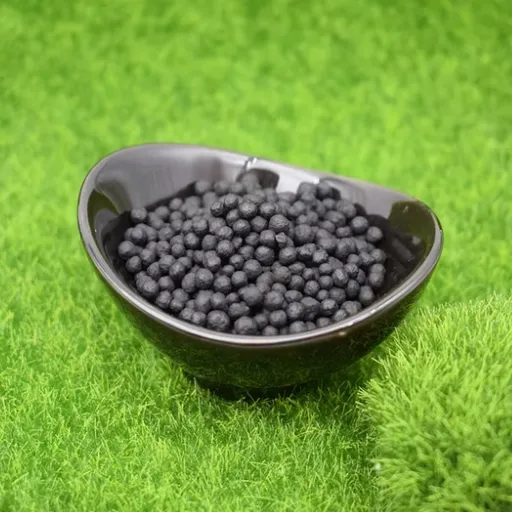
Eco-Friendly Benefits of Organic Fertilizers
Organic fertilizers offer a wide range of environmentally friendly benefits that promote the growth of crops and sustain nature. Here are five main benefits with specific impacts:
🌱 Enhanced Soil Health
An application of organic fertilizers promotes good soil texture and structure by increasing its organic matter content. This further improves aeration, water retention, and microbial activity, while some studies claim that such soils allow 20% more water infiltration, thereby lessening the erosive forces and making them more resistant to drought.
💧 Reduction of Chemical Pollution
It is different from chemical fertilizers, which prevent nitrate leaching into the waters. Because nutrients released from organic fertilizers are slow-release, there is less chance of nutrient runoff, ultimately reducing contamination of aquatic ecosystems. Research shows that nitrate leaching decreases by 50% when organic fertilizers are used instead of synthetic fertilizers.
🌍 Mitigation of Greenhouse Gas Emissions
Since organic fertilizers come from natural and renewable materials, they serve to lessen the use of chemical fertilizers, which have high levels of carbon emissions during their production. The International Fertilizer Association claims that organic fertilizers can reduce CO₂ emissions in agriculture by 30%.
🦋 Promotion of Biodiversity
Application of organic fertilizers fosters an environment for beneficial microorganisms, insects, and earthworms to thrive. Biodiversity in nutrient cycling and disease prevention makes the agroecosystem more resilient. Organic fertilizers have been shown to encourage microbial diversity 40% higher than fertilizers of a synthetic nature.
♻️ Waste Recycling and Resource Utilization
The raw materials for organic fertilizers are often agricultural wastes, animal manure, or food processing by-products. Thus, wastes end up as soil supplements. For example, converting organic waste to fertilizer prevents its disposal in landfills and subsequent methane emission; some studies have gone so far as to report a 25 percent cut in organic waste going to landfills because of composting.
Another advantage of organic fertilizer is enhancing productivity in farms and sustaining the environment over time. This set of benefits emphasizes the need for organic fertilizers in generating environmentally friendly agricultural systems.
How Water-Soluble Options Support Sustainable Gardening
In my view, water-soluble solutions are behind sustainable gardening practices. They supply plants with nutrients in a form that is most readily available to them for uptake, ensuring that all nutrients provided are absorbed and none are wasted. They first dissolve in water and, then, when applied, are allowed to be absorbed in the exact amount prescribed, thus not leading to overfertilization and subsequent nutrient runoff and decline of soil quality.
Moreover, water-soluble fertilizers offer supreme control over nutrient intake, more so in small-scale or controlled environments such as in-home gardens. I’ve come to observe that this precision serves especially well when tackling particular nutrient deficiencies in plants, as changes can be effected almost immediately in response to the styling needs of the vegetation. This dynamic mode supports the health of plants while reducing the environmental neglect typically associated with fertilizer overuse by conventional methods.
Water-soluble fertilizers indirectly conserve various resources. They optimize nutrient delivery to plants, minimize waste, eliminate nutrient excesses that leach into water systems, and contribute to water pollution. Thus, they fit alongside the goals of sustainable gardening; they endorse healthier ecosystems and the responsible use of resources and sustain plant growth under nutrient-balanced conditions. From my observation, their use could be a critical step toward the formation of efficient and environmentally compatible gardening.
References
-
Application of anaerobic digester effluent as a fertilizer for vegetation – Research on the use of organic effluents as fertilizers.
-
Comparing the effect of controlled-release, slow-release, and water-soluble fertilizers on plant growth and nutrient leaching – A study comparing different types of fertilizers, including water-soluble ones.
-
Organic water-soluble fertilizers enhance pesticide degradation: Towards reduced residues – Research on how organic water-soluble fertilizers impact pesticide degradation.
-
Liquid organic fertilizer production for growing vegetables under hydroponic conditions – A study on the use of liquid organic fertilizers in hydroponic vegetable farming.
Frequently Asked Questions (FAQ)
❓ What is a water-soluble organic vegetable fertilizer?
Water-soluble organic vegetable fertilizer dissolves in water, thus imparting nutrients to plants almost immediately. They are generally organic in nature, and so, they are considered safe for organic gardening.
🔧 How do I use water-soluble organic vegetable fertilizer?
Water-soluble organic vegetable fertilizers are mixed in water in the concentrations recommended on the label, usually measured in ounces per gallon of water. It is typical to mix 1 oz of fertilizer with 1 pre-gallon of water. The mixture is then either applied to the soil or sprayed onto the foliage.
✅ What are the advantages of water-soluble organic vegetable fertilizer?
Some advantages of water-soluble fertilizers include the quick delivery of nutrients, allowing plants to rapidly assimilate them. Moreover, they foster vigorous growth throughout the growing season and, in certain formulations, contribute to blooming; for instance, bloom boosters or premium mixes.
🌿 Are the water-soluble organic vegetable fertilizers suitable for all common plants?
Yes, water-soluble organic vegetable fertilizers are usable for all kinds of plants, including vegetables, herbs, and flowers. Still, adhering to the detailed instructions for the particular plant needs will go a long way in avoiding over-fertilization.
🔢 What is the difference between a 24-8-16 and a 16-16-16 fertilizer?
The numbers on fertilizers indicate their N-P-K ratio, which states the percentage of nitrogen, phosphorus, and potassium. While 24-8-16 fertilizer has a higher percentage of nitrogen, thus stimulating leafy growth, 16-16-16 fertilizer offers balanced nutrition for the plant.
⏰ How often can I apply water-soluble organic vegetable fertilizer?
The specific product and needs of the plants determine the frequency of application. During a growing season, one might typically apply every two to four weeks.
📏 Recommended application rate of a water-soluble organic vegetable fertilizer per gallon of water?
It depends on the brand, but 1 to 2 ounces of fertilizer per gallon of water is generally stated.
Transform Your Garden Today
With the comprehensive knowledge provided in this guide, you’re now equipped to make informed decisions about water-soluble organic fertilizers for your vegetable garden. Start implementing these sustainable practices and watch your garden flourish while contributing to a healthier environment.

